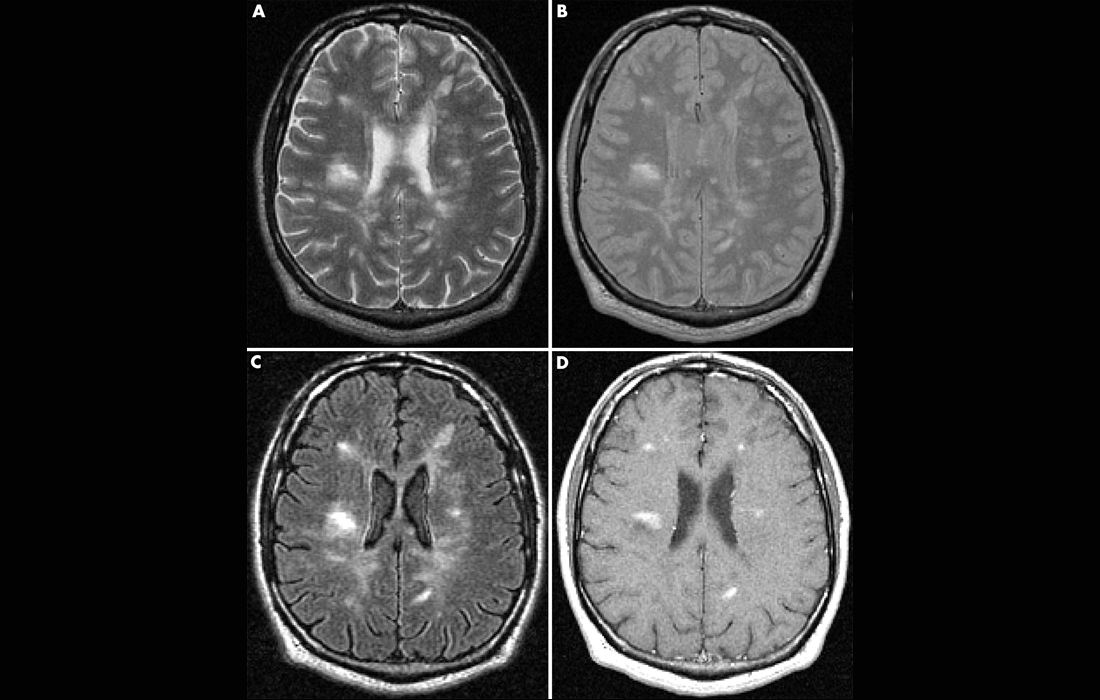Regenerative Medicine News and General Information
How Can We Diagnose Multiple Sclerosis Earlier?
MS is a chronic immune-mediated demyelinating and neuroinflammatory disease of the brain and the spinal cord that can result in neurological dysfunction and disability.
Focal white matter lesions (WML) of demyelination are the most readily detectable manifestation of multiple sclerosis at morphologic MRI. However, they represent only macroscopic tissue damage and are therefore unable to fully explain the topographic origin and severity of many clinical symptoms of Multiple sclerosis (MS), particularly in the progressive phase of the disease.
New Study Results
In a new study published in the journal Radiology, researchers found changes in the white matter and cortical gray matter that appears normal in standar magnetic imaging, but that can be seen using high powered magnetic resonance spectroscopic imaging (MRSI), since it can detect subtle metabolic changes associated with MS.
The researchers included 65 participants with MS and 20 age-and sex-matched healthy controls. They observed a higher myo-inositol (ml) (involved in cell signaling) to N- acetylaspartate (NAA) (an amino acid) ratio in normal appearing white matter even in participants with MS without disability compared with the healthy controls.
According to the researchers their study demonstrated that this type of imaging study can help depict and visualize y focal and widespread pathologic manifestations in the normal-appearing white matter (NAWM), cortical gray matter (CGM), and white matter lesions (normal appearing in regular MRI).
“If confirmed in longitudinal clinical studies,” says Dr. Bogner, the study’s senior author, “this new neuroimaging technique could become a standard imaging tool for initial diagnosis, disease progression, and therapy monitoring of [MS] patients and, in concert with established MRI, might contribute to neurologists’ treatment strategies.”
Sources:
Robby Berman (2020, Jan 19). MS: How can we diagnose it earlier? Medical News Today. Retrieved from:
https://www.medicalnewstoday.com/articles/ms-how-can-we-diagnose-it-earlier
Eva Heckova, et al. Extensive Brain Pathologic Alterations Detected with 7.0-T MR Spectroscopic Imaging Associated with Disability in Multiple Sclerosis. Radiology. 2022; 000:1–10. https://doi.org/10.1148/radiol.210614
Image from:
https://jnnp.bmj.com/content/76/suppl_3/iii11

